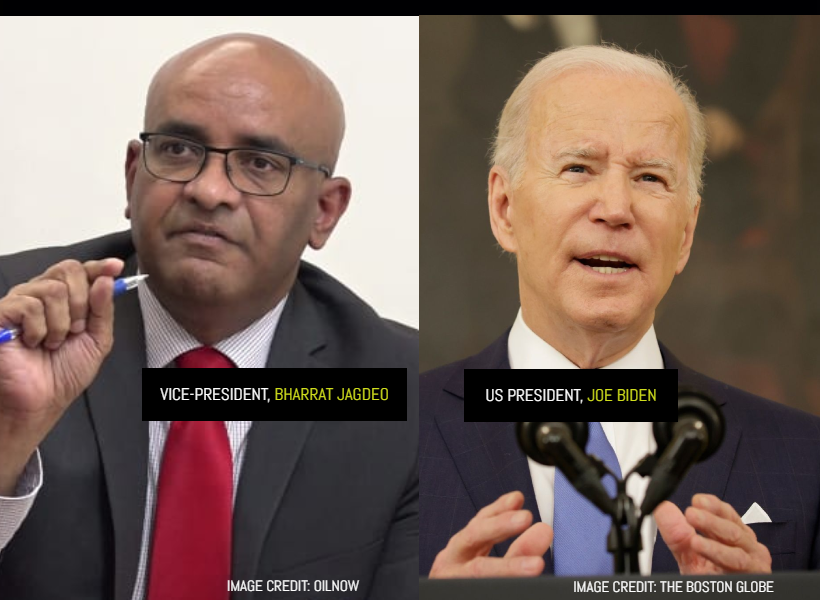Vice President, Dr. Bharrat Jagdeo has assured that the US Government is in full support of the US$2B Gas-to-Energy Project in spite of what local critics may say in the press. In fact, the official said the Guyana Government has had high-level discussions with the US Exim Bank which is expected to provide a loan to support the project.
He said high ranking officials there are fully aware of the lamentations in the Guyana market and can differentiate between those utterances that genuine versus the agenda-driven ones. Jagdeo said he is convinced that the bank will not be seduced by certain naysayers.
The Vice President said, “We have had some really great engagements with the President of the US Exim bank and the process is going forward smoothly. They know about the naysayers here and heard them many times before and they know the ones who are serious. Exim will not be seduced by naysayers of the projects. We have full assurances that the US government is supporting the project.”
The official further noted that the project which is expected to reduce electricity costs by more than 50 percent is on track for start up in December 2024.
He said government is in the process of reviewing three bids with the help of STANTEC, a Canadian firm, for the building the substations. Those facilities are intended to evacuate power from Wales Development Site across the Demerara River and into the GPL systems. He said this contract will be awarded soon.
Construction of the gas-to-energy project is scheduled to begin this year, with CH4-Lindsayca handling the natural gas-fired power plant and natural gas liquids plant, while ExxonMobil subsidiary, Esso Exploration and Production Guyana Limited (EEPGL), will construct the pipeline.
The pipeline will be connected to the Liza Phase One and Two Projects, allowing for the transfer of gas to onshore facilities at the Wales Development Site.
The pipeline alone is expected to cost over US$1.3B, while the onshore facilities will cost US$759M.
The project is expected to increase the competitiveness of other industries while reducing the nation’s reliance on heavy fossil fuels.













